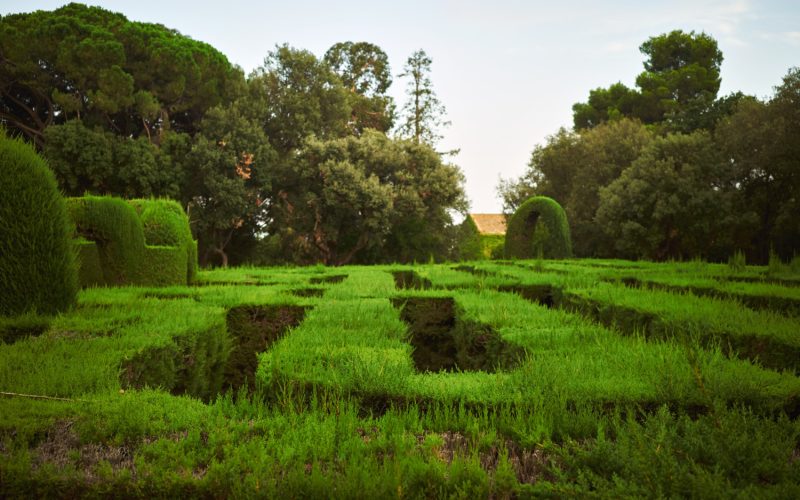Hedgerows can significantly boost soil carbon storage, holding nearly 50% more carbon than grassland, according to new research from the University of Leeds.
The study, which analysed soil samples from farms across Yorkshire, Cumbria, and West Sussex, found that soil beneath hedgerows stored an average of 40 tonnes more carbon per hectare compared to adjacent grass fields. The findings highlight the role of hedgerows in improving soil health and contributing to carbon sequestration efforts.
Dr Sofia Biffi, a research fellow in agricultural ecosystems, emphasised the positive environmental impact of hedgerows.
“In recent years, farmers have increasingly engaged with hedge planting, recognising the biodiversity benefits on their farms,” she said. “They see more birds, bats, and pollinators, and appreciate the flowers, wood, and shade. Now, they can also be assured that hedgerows are playing a crucial role in storing carbon in the soil.”
The study, published in Agriculture, Ecosystems & Environment, reinforces the importance of hedgerows in sustainable farming.
James Robinson, a dairy farmer and England chair of the Nature Friendly Farming Network, welcomed the findings, stating they validate what many farmers have long observed.
“There is an ever-growing list of reasons to plant and maintain hedgerows – from livestock health and crop protection to carbon storage,” he said. “Hedgerows are a major asset to both farmers and the landscape. If managed properly, using traditional hedge-laying techniques, they can remain a defining feature of the rural environment for generations.”
The research, conducted by teams from the University of Leeds’ School of Geography and the University of Sheffield’s School of Biosciences, could help predict the impact of planting new hedgerows on the UK’s net-zero targets.
Britain has lost around half of its hedgerows since the 1940s, largely due to intensive farming and development. The Woodland Trust estimates that approximately 118,000 miles of hedgerows disappeared between then and the 1990s, and while the rate of loss has slowed, hedgerows remain under threat from neglect, damage, and removal.
Study co-author Professor Pippa Chapman stressed the need for preserving existing hedgerows to prevent stored carbon from being released into the atmosphere.
“The government has made important hedgerow planting commitments, which we hope will be supported in the coming years,” she said. “But it’s not just about planting new hedgerows; maintaining the current network is equally vital. Actions such as planting, gapping-up, and hedge-laying are essential for protecting soil carbon and enhancing the environment.”





















